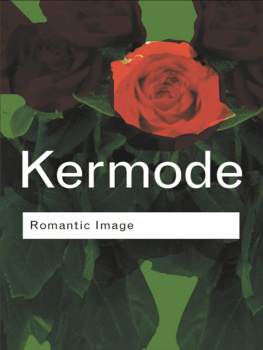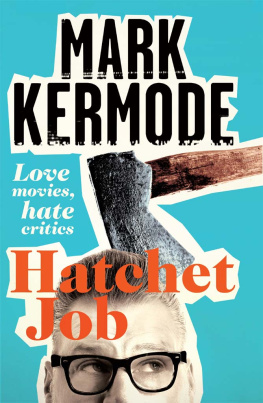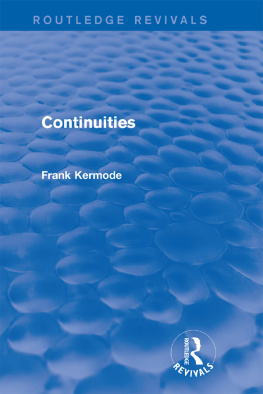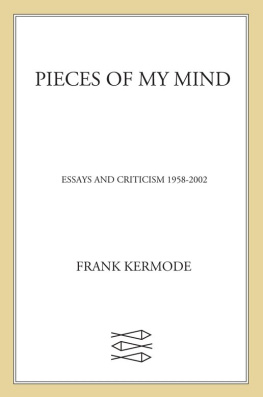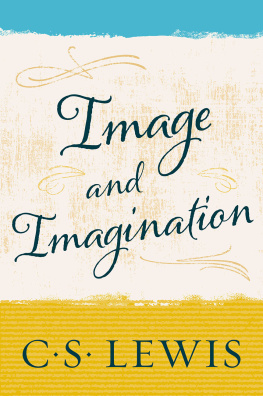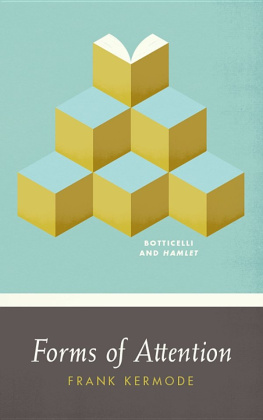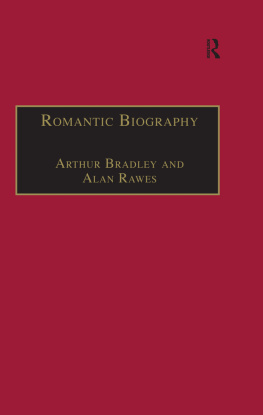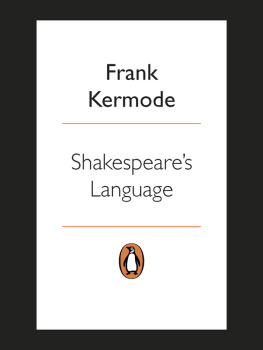E PILOGUE
Romantic Image was written in the summer of 1955. It was virtually unplanned; I was trying to write something quite different when the idea for this book lodged itself in my head, already, it seemed, in a pretty advanced state of development, and the labour preceding its birth was the least painful I have ever suffered. It would be hard to say why this was so. Certainly I was indebted to the conversation of learned and sprightly colleagues who had an informed interest in the decadent literature of the late Victorian era. And I had a long-standing interest in Yeats. In the late winter or early spring of 1955 I had been asked to take part in a series of public lectures, each about a single poem, and I chose In Memory of Major Robert Gregory. This lecture, as it turned out, was the germ of the book.
It was Yeats who awakened my interest in the image of the dancer, and in one particular dancer, Loe Fuller. When Romantic Image was finished, I went in search of this remarkable woman, found out at least as much about her as I wished to know, and wrote it up in a long essay called Poet and Dancer Before Diaghilev, which was included in a collection called Puzzles and Epiphanies , published by Routledge in 1962. That piece develops the material and, I hope, adds to the interest of the fourth chapter of the present book, especially in the form in which it appeared in an American theatrical magazine ( Theatre Arts , September, 1962), where it was accompanied by some slightly disconcerting photographs of Fuller in action. In respect of popular fame or notoriety she had always taken second place to her rival Isidora Duncan, who had the advantage of a more spectacular private life; but Fuller was the true innovator and the finer source of poetic inspiration (few performers, and certainly not Isidora, have earned the accolade of an ecstatically obscure tribute from Mallarm) and of recent years the balance has been to some degree corrected. In the eighties a large exhibition, mounted in California and shown also in Paris, though not, unfortunately, in London, exploited quantities of surviving material paintings and films and music and did much to re-establish Fullers importance.
A book of literary criticism or literary history that is almost half a century old is bound to seem in some ways, if only superficially, a bit old-fashioned, and I was struck, as I read through it for the first time in many years, by the obsolete punctilio with which one then addressed living writers: Mr. this, Professor that, Miss so-and-so. Everybody had to be addressed in this way until they died, when the courtesies immediately ceased. Nowadays women writers are called simply by their surnames, which no doubt seems to young persons natural and proper, but the practice always strikes me as a bit chilling, and perhaps in its way just as odd or awkward as constant reference to Mr. Eliot or Miss Tuve. And I also notice though this fault may have been peculiar to me, and if it is so I hope Ive corrected it a certain weightiness, an orotundity of manner, an avoidance of the colloquial, that persisted among men of letters into the first half of the twentieth century. Eliot used it most effectively in his literary journalism; it passed as the culture changed and posh prose went down-market. If one had to name its most potent destroyer one would have to cite William Empson, whose carefully cultivated squirearchical breeziness did much to blow away the mandarin solemnities of the professors. That high horse, as Yeats remarked with regret, is now riderless. For my part Im glad it is, but as I read through this book I occasionally notice, with a twinge of embarrassment, my attempts, as a much younger writer, to mount it.
Romantic Image has often been reprinted, and seems to have had some influence on later criticism. It would be difficult to name names; the torrent of academic books, critical, historical, theoretical, that was soon to be unleashed and which continues to this day makes it fairly certain, as is the way with these things, that some aspects of the general idea of the book got into circulation, even among critics who hadnt actually read it. The argument for the historical continuity of certain aesthetic assumptions from the Romantics to Symbolists (Decadents), and so into the mid-twentieth century, is still commonplace and has probably been reinforced by the great revival of scholarly interest in the art of the late nineteenth century but also in Wordsworth and Coleridge and Keats. It is of course expressed differently, often with more energetic scholarship, and usually, after the theoretical revolution of the sixties a long revolution, still in progress much more obscurely.
I have to admit that the foolhardy advice offered in the closing passages of the book has generally been ignored. Although the professors are far from having neglected him, no great number of poets have returned to Milton, despite my willing them to do so, and urging the point in another collection published by Routledge ( The Living Milton , 1960). And if they ever do, it will certainly not be because I advised it.
Modern academic criticism is, as Ive already remarked, so abundant that it would not be easy to provide a general account of how attitudes to the themes discussed in Romantic Image , and the ways they are talked about, have changed. Over the past thirty or forty years criticism, as expounded, for instance, in the eighth volume of Cambridge History of Literary Criticism , has concerned itself for the most part with varieties of structuralism and post-structuralism, with hermeneutics and phenomenology and speech-act theory. Traditional criticism has been subjected to what a contributor to that volume describes as a relentless destabilization induced by various kinds of structural analysis. For example, the notion of organic unity, so essential to Romantic thought, is transformed into something more like an assumption that works of literature possess internal regularities, and is thought of as a unity of devices rather than the imaginative product Coleridge had in mind; so that, although some are still willing to accept a fainter biological analogy between works of art and the integrity of living creatures, the organism is now thought of as in essential respects quite like a machine, which is for the Romantics the antithesis of the organism. Little credibility now attaches to the once exciting notion of A. W. Schlegel that art, creating autonomously like nature, both organized and organizing, must form living works, which are first set in motion, not by an outside mechanism like a pendulum, but by an indwelling power like the solar system; or to Paters belief that thought and its sensible embodiment could be completely fused.
These are not formulae to trouble the mind of the modern academic critic. That the figure of the dancer, which summed up the Paterian idea, could send serious men hunting for living examples, which they claimed to find in the High Mass as celebrated at the Madeleine in Paris, or in the Japanese dancers, or in those performers so captivating to the Symbolists of Paris Loe Fuller, Jane Avril and the rest must seem either baffling, quaint, or simply without interest except as a curiosity, a fashion now defunct but worth an occasional indulgent nod. Yet in their day these manifestations could inspire scholars to lengthy studies in the history of religious dancing, and impel clergymen like Stewart Headlam, self-proclaimed advocate of the Mass, the Ballet, and the Single Tax, to cultivate the acquaintance of dancing girls as earnestly as poets like Arthur Symons and Ernest Dowson, haunters of the stage doors of the nineties music halls. It might perhaps be claimed that this complex of fact is susceptible to what is nowadays called thick description, after the anthropological method of Clifford Geertz: if you study a Balinese cockfight you need to do so all the way down, to see it in the whole complex of the culture. But that is not what one was consciously attempting at the time.

